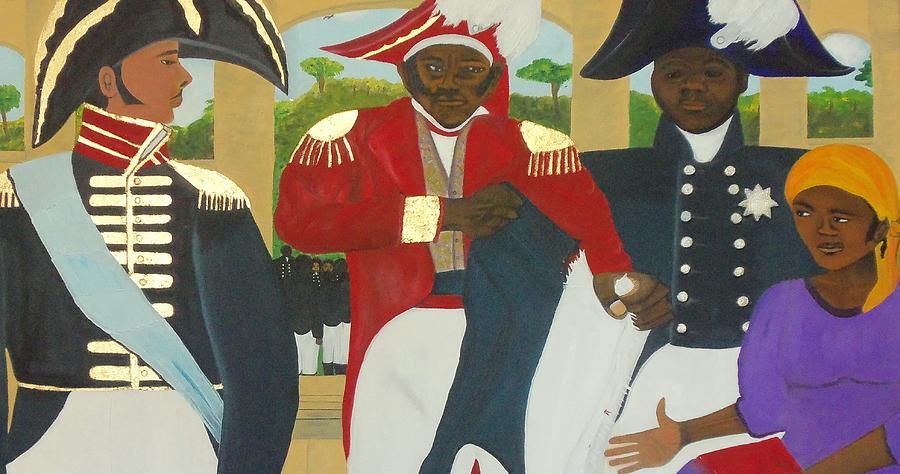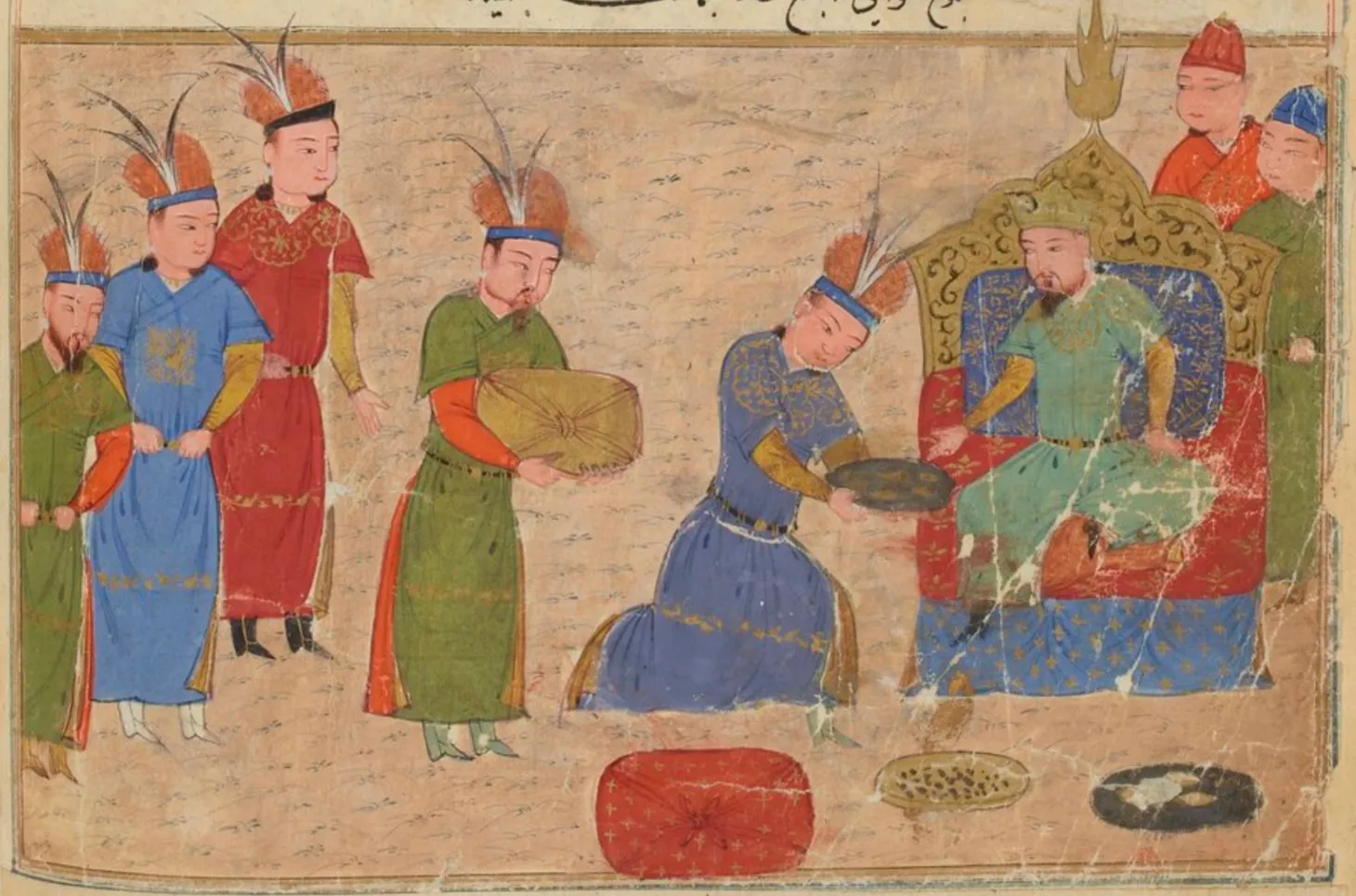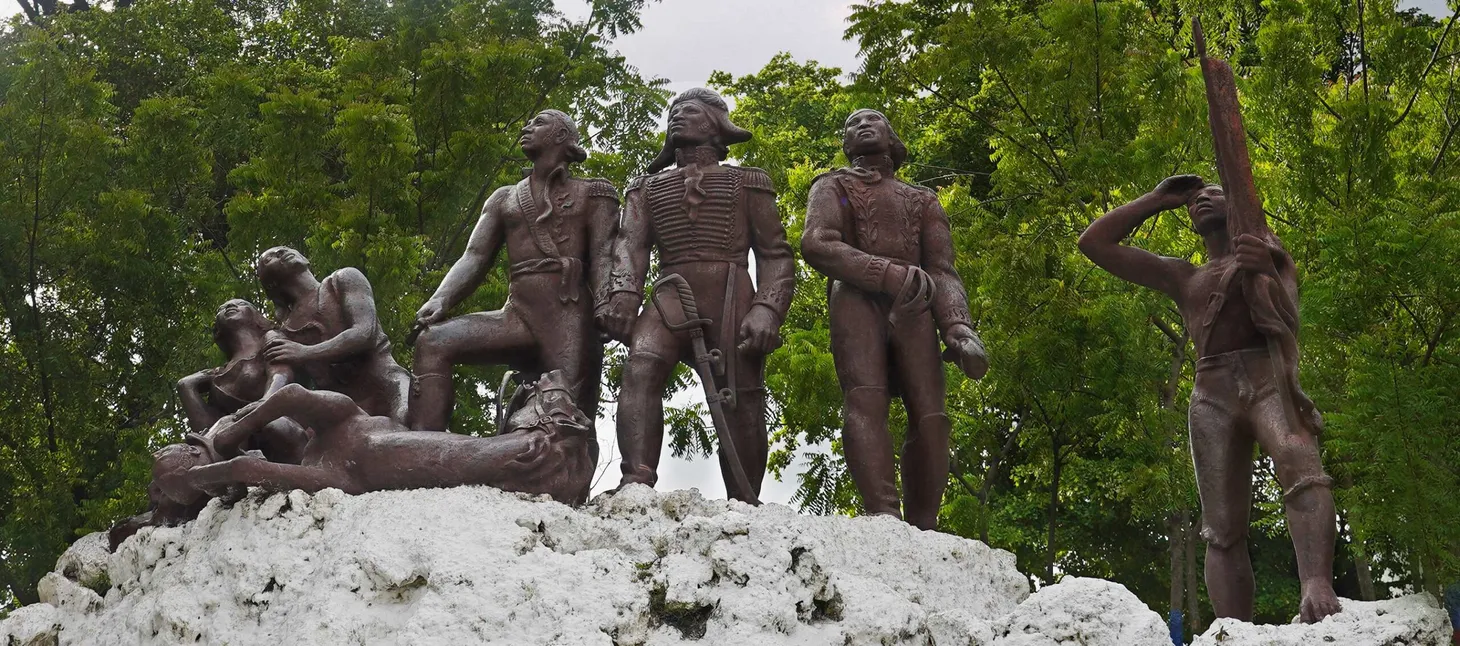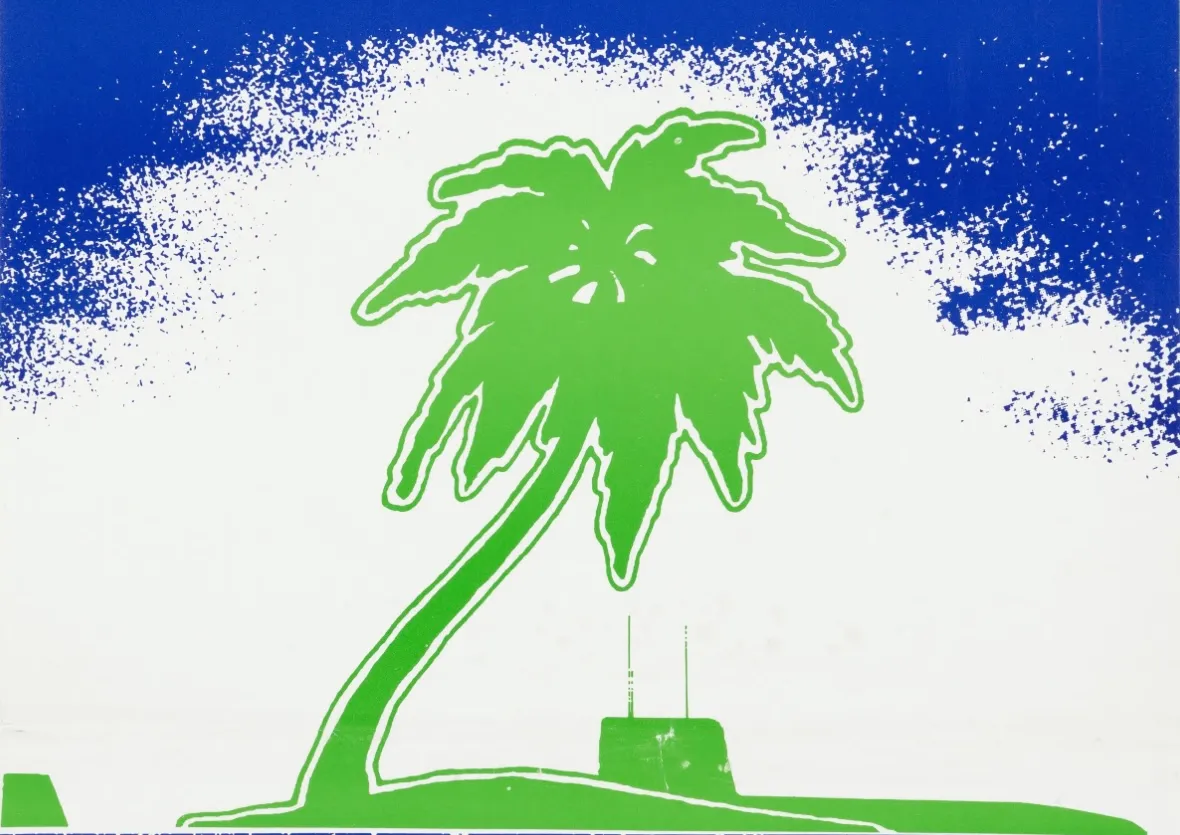“Those Who Refuse Slavery”: Teaching the Short-Term Effects of the Haitian Revolution
A discussion of teaching the short-term effects of the Haitian Revolution

Like many world history teachers, I often asked students to compare the Haitian Revolution to another Atlantic Revolution. We compared effects and used thematic categories, such as political, economic, and social. Every year, a few students argued that the Haitian economy “declined” compared to the North American economy. That argument was puzzling because it didn’t appear in students’ sources.
When I asked one student, she pointed to a passage in Ways of the World that discussed the economic effects of the Haitian Revolution:
Economically, the country’s plantation system, oriented wholly toward the export of sugar and coffee, had been largely destroyed. As whites fled or were killed, both private and state lands were redistributed among former slaves and free blacks, and Haiti became a nation of small-scale farmers producing mostly for their own needs, with a much smaller export sector.
Even though Strayer and Nelson described an economic shift, they never described it as a “decline,” yet this student and many others interpreted the shift from plantation agriculture to subsistence farming as a decline. I suspect that students saw this shift as a decline because textbooks typically described Saint-Domingue as the “Pearl of the Antilles” and the “wealthiest” colony in the Americas and independent Haiti was no longer exporting as many crops.
A few years ago, I read Johnhenry Gonzalez’s Maroon Nation: A History of Revolutionary Haiti, and it changed how I saw my students’ interpretation. They, like many European commentators in the nineteenth century, saw the shift from large-scale plantation agriculture to small-scale, self-sufficient agriculture as a step backward rather than as a choice made by liberated Haitians about what kind of economy they wanted.
Beyond discussing the end of slavery in Haiti, textbooks don’t focus much on the aftermath of the Haitian Revolution. Between 1804 and 1820, newly independent Haiti changed in many ways from colonial Saint-Domingue. We can help students understand the short-term effects of the revolution on Haiti by focusing on how Haitians understood the revolution and their competing visions of the state, economy, and society.
A Shared Vision of the End of Slavery
This content is for Paid Members
Unlock full access to Liberating Narratives and see the entire library of members-only content.
SubscribeAlready have an account? Log in



